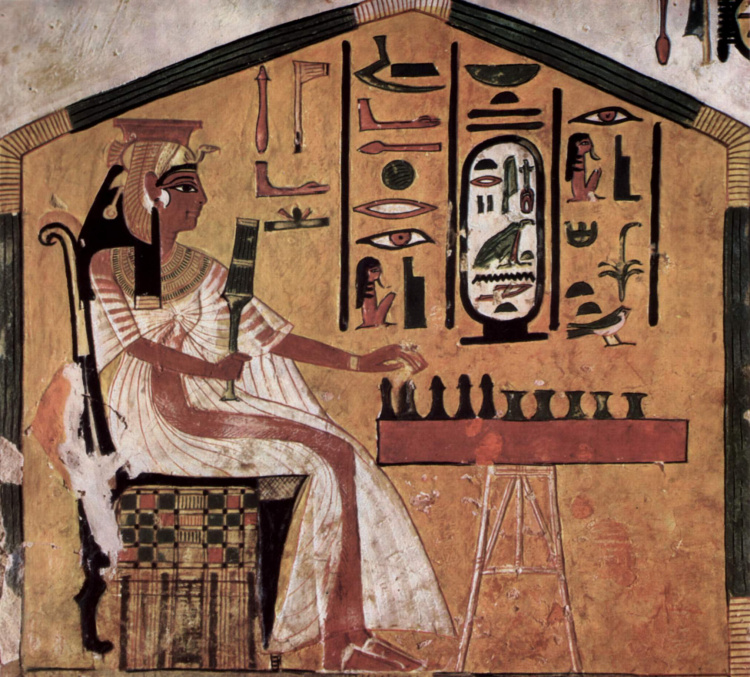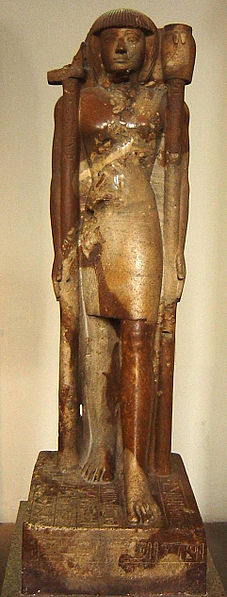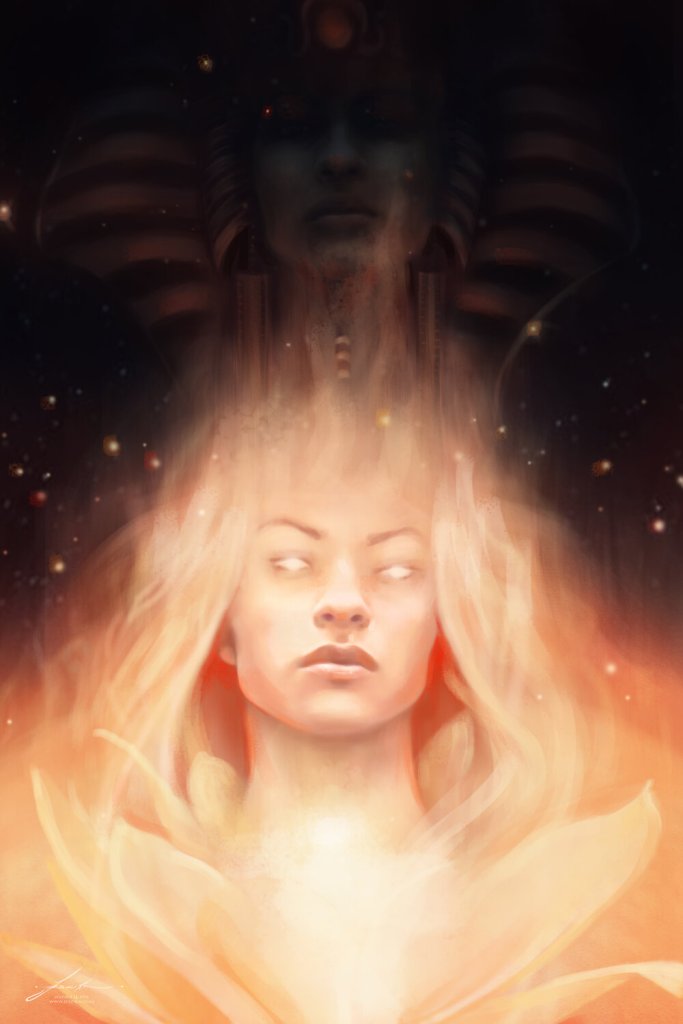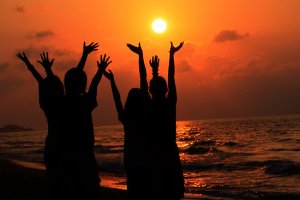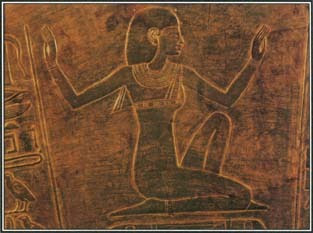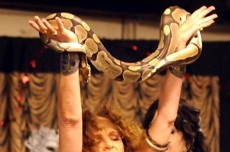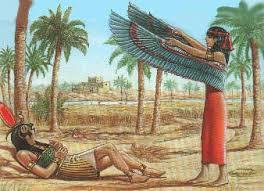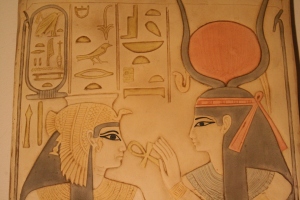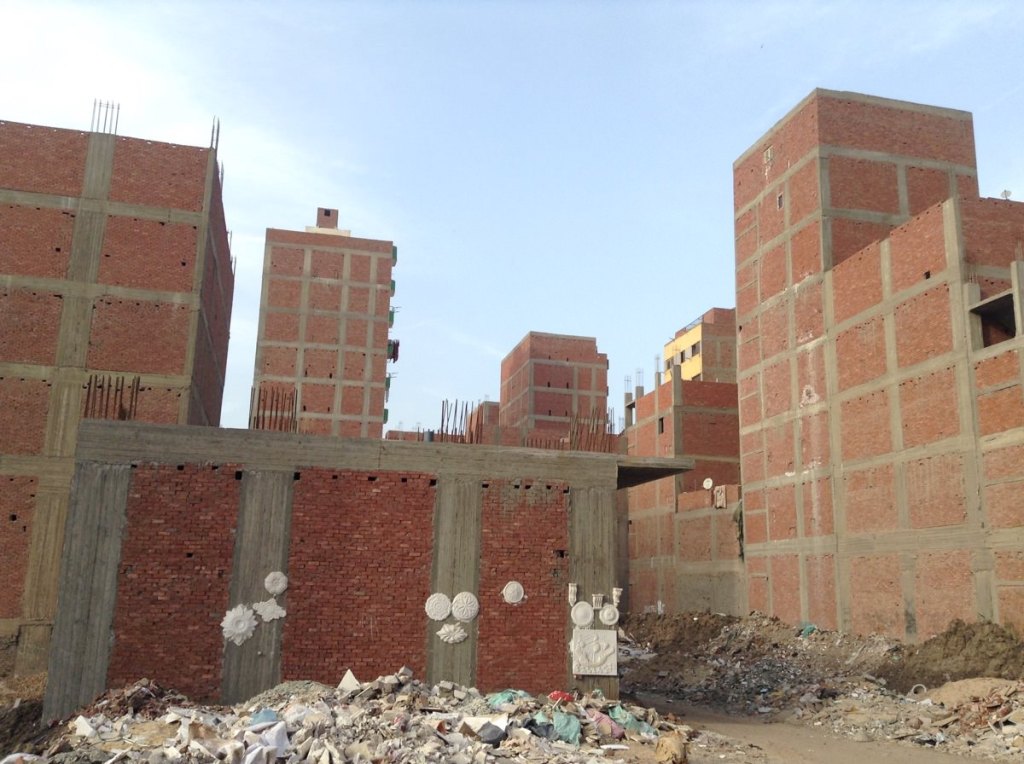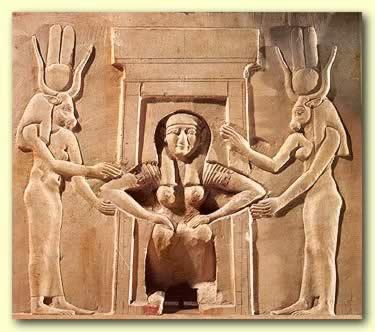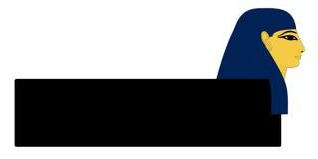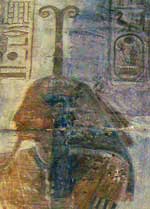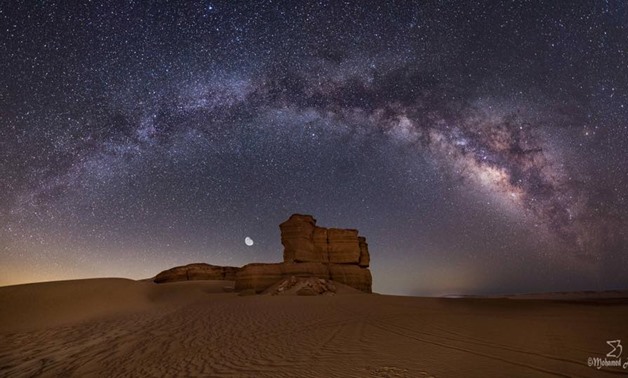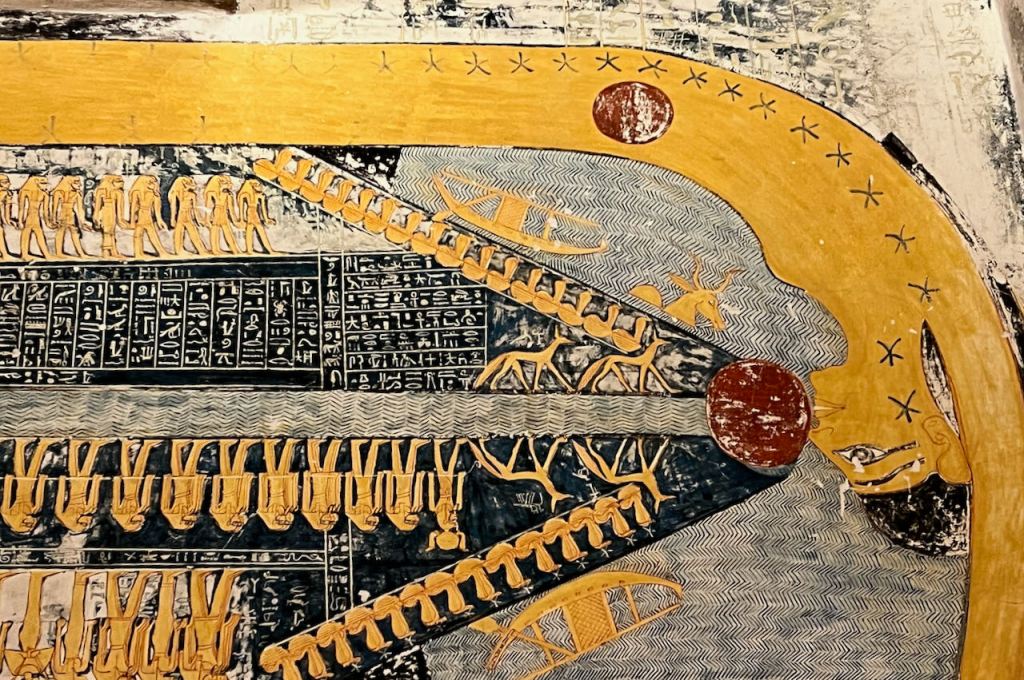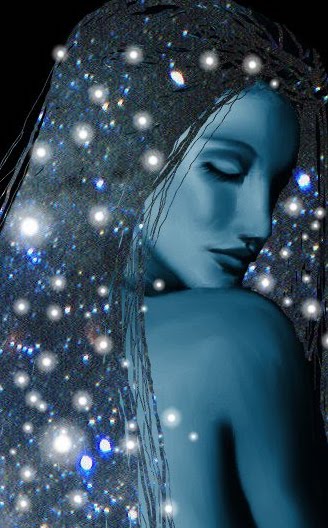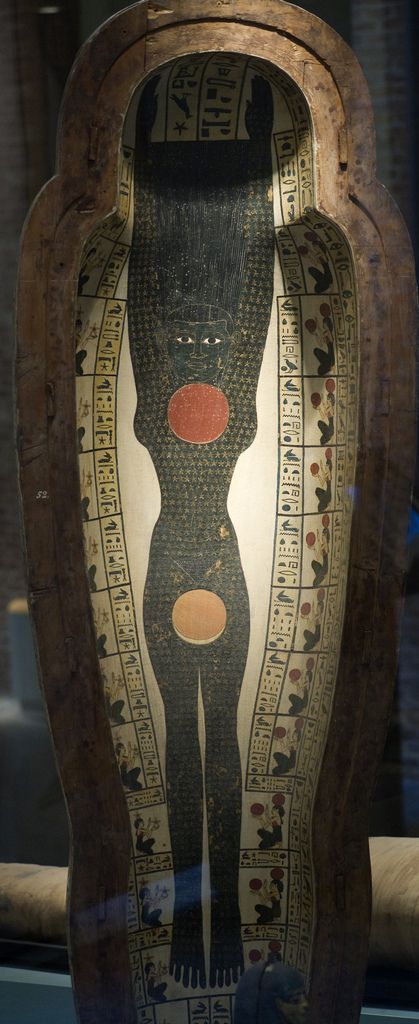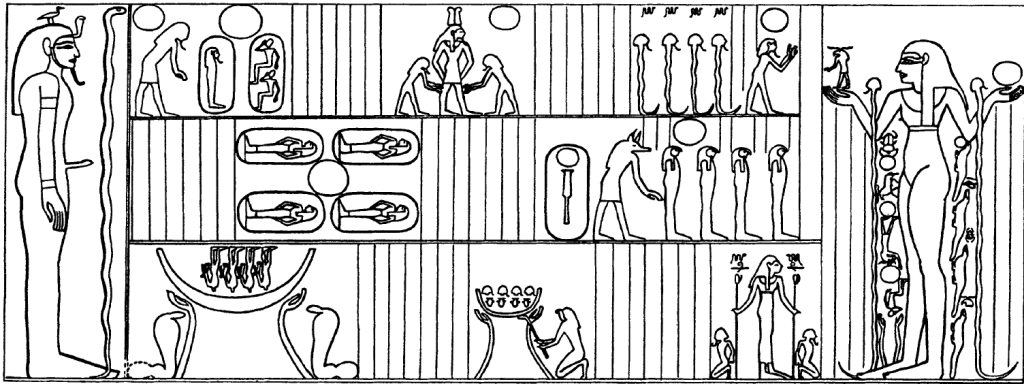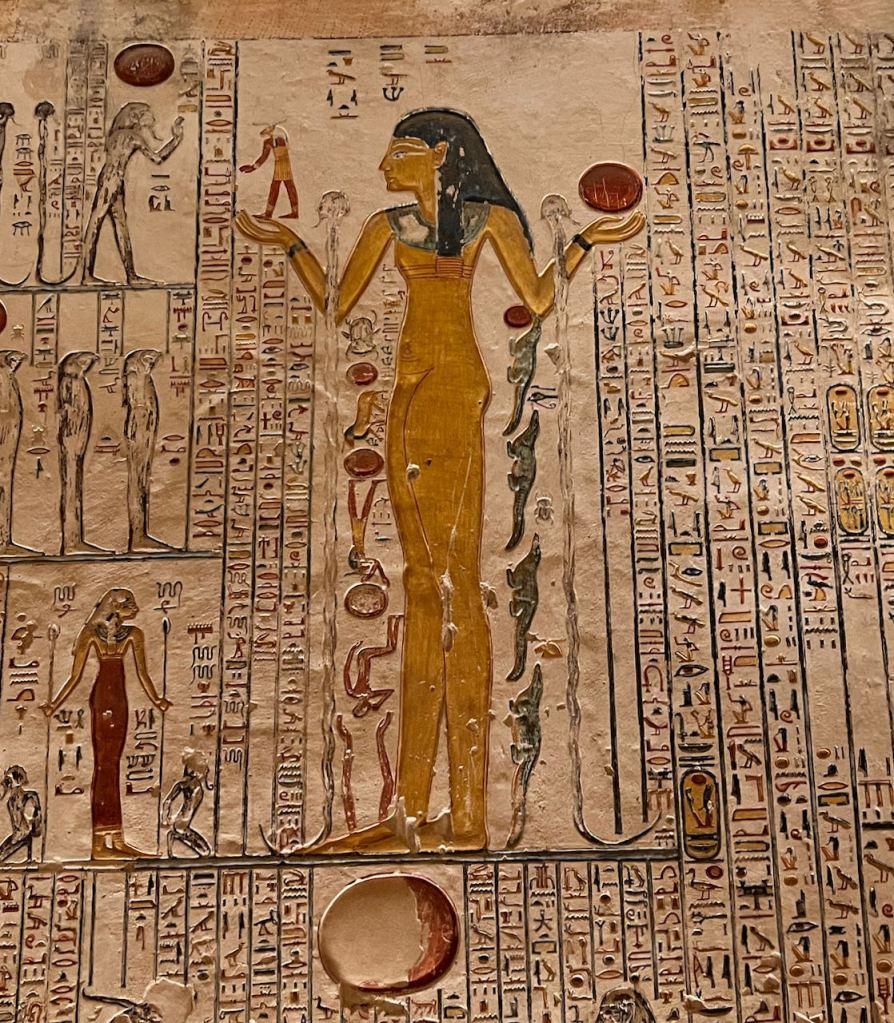A hymn to Isis at Her temple in Philae says,
O Isis, giver of life, who dwells in the Pure Island, take to yourself the myrrh which comes from Punt, the lotus-fragrance which issues from your body, that your heart may be glad through it, and that your heart may rejoice every day.
Myrrh (commiphora myrrha) was one of the most sacred herbal substances of ancient Egypt and was a precious offering given to all the Deities. It was used in two primary forms: essential oil and gum resin. Myrrh oil was considered one of the Seven Sacred Oils of Egypt and the gum resin was frequently burned as incense. Both oil and resin were used in a wide variety of perfumes and medicines.
If you are not familiar with it, myrrh produces a strange and interesting scent. I wouldn’t exactly call it a “lotus fragrance” as the Isis hymn says. In fact, “bitter” is a word you could use of it, but it’s bitter in a good way, like bitter herbs that serve as a catalyst to bring out the flavors of certain foods. When the resin first hits the coal, there is a brief sweet note, but it quickly gives way to a darker burnt-wood scent. I use it as an underworld fragrance, but often mix it with amber to sweeten the scent.
Myrrh resin is exuded by several species of trees native to Arabia and eastern Africa. The Egyptians imported myrrh from Punt, in modern Somalia; and much of the world’s myrrh still comes from that area. In appearance, myrrh trees are small and shrub-like with gnarled branches, triple leaves, and small white flowers. The resin weeps naturally from the trunk and may be easily collected. However, small cuts are often made in the trunk to increase the flow. Thus the resin can be said to result from the wounding and weeping of the tree.
In addition to myrrh’s bitterness, this is perhaps another reason for its association with sorrow, mourning, and death. Myrrh oil was one of the most important used in mummification—so much so that some of Egypt’s ancient mummies still smell of myrrh. “Death is before me today, like the fragrance of myrrh,” says an ancient text known as “The Debate of a Man with His Ba” in which the man is considering suicide. Thus myrrh was sometimes said to have originated in the underworld.
Myrrh is sacred to Isis in Her role as Goddess of Death and Mourning. Myrrh’s bitterness may easily be associated with Isis’ bitter task of searching for the scattered pieces of Her beloved husband’s body. In the magical papyri, myrrh is called the Guide of Isis for it was thought to assist Her in this sorrowful task. While the papyri don’t say specifically how Isis employed Her “guide,” we can speculate that She may have burned it as incense—perhaps as part of a visionary rite—or made it into ink with which to inscribe amulets to aid Her search. A recipe for one such magical ink included myrrh, along with dried figs, date pits, and wormwood. The ritual instructions tell us that this ink was the one Isis used to record Her magical words as She fit together the members of Osiris. Myrrh was also sometimes called the Tears of Horus, perhaps in connection with His own mourning for His father.
Even though the Egyptians closely associated myrrh with death, they also connected it with pleasure and power. Myrrh was one of the many fragrances favored by the Lady of Joy, Hathor, and it was an ingredient in many, many of the most famous Egyptian perfumes. In perfume, the slight bitterness of myrrh adds depth to many lighter, sweeter fragrances. In the funerary texts, the deceased was expected to spend pleasant hours living and eating beneath myrrh trees in the otherworld. In one interesting formula, the deceased claims that his putrefaction—the fluid from his decaying body—is actually myrrh and that his Divine Mother Hathor anoints Herself with it. Myrrh was also the incense burned in temples of Re at noon, the time of His greatest power. The strong scent of myrrh reflected the noontime power of the Sun.

Magically, myrrh is used to purify, bless, and protect. It is said to increase the power of any incense with which it is burned. The dark scent of myrrh aids meditation and may be used to awaken our awareness of the spiritual realities behind the everyday world. Thus it is an excellent scent for use not only in meditation, but also before and during magical rites. Because of its association with death, myrrh is often connected with the planets Saturn and Mars, considered planets of ill fortune in ancient astrology. Today’s astrologers take a more balanced view of these two planets—attributing to them stability, strength, and energy. This view is clearly in step with myrrh’s ancient associations with power and protection.
On the practical side, myrrh is slightly antiseptic so the powdered resin may be dusted on sores as a local disinfectant. It is an astringent, a digestive aid, and an anti-gas tonic. Used as a mouthwash, it relieves sore teeth and gums. Taken internally, it cures bad breath and tightens loose teeth. It may be taken for coughs, asthma, and other chest problems. The ancient Egyptians used myrrh for all these purposes and more. From personal experience, I can also add that the essential oil works like a freaky catnip for my cat.
Myrrh is a balm of healing, protection, and care for the dead. It is a scent of spiritual power and energy. As Goddess of Death and Mourning, Lady of Healing, and one of Egypt’s most powerful Goddesses, Isis is the Lady of Myrrh.















